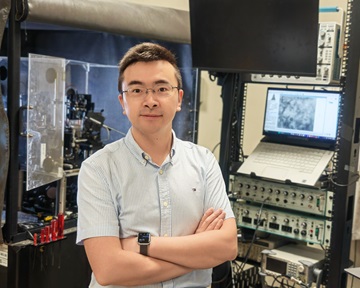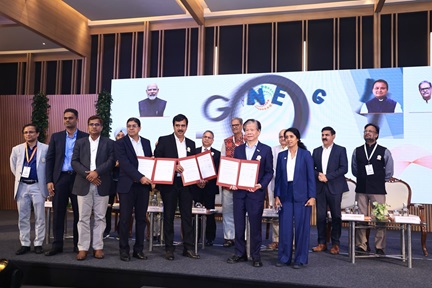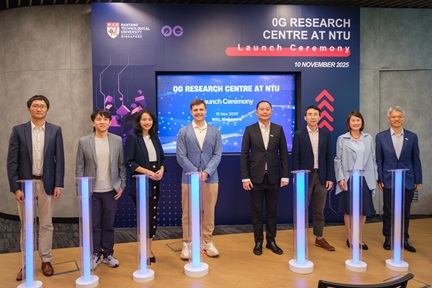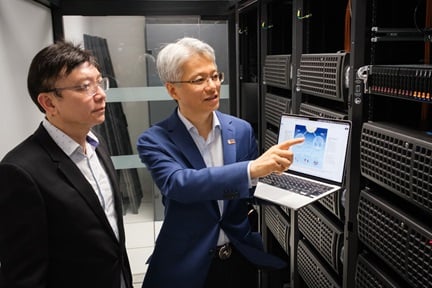Ultra-thin semiconductor fibres turn fabrics into wearable electronics
Scientists from NTU Singapore have developed ultra-thin semiconductor fibres that can be woven into fabrics, turning them into smart wearable electronics.
To create reliably functioning semiconductor fibres, they must be flexible and without defects for stable signal transmission. However, existing manufacturing methods cause stress and instability, leading to cracks and deformities in the semiconductor cores, negatively impacting their performance and limiting their development.
NTU scientists conducted modelling and simulations to understand how stress and instability occur during the manufacturing process. They found that the challenge could be overcome through careful material selection and a specific series of steps taken during fibre production.
They developed a mechanical design and successfully fabricated hair-thin, defect-free fibres spanning 100 metres, which indicates its market scalability. Importantly the new fibres can be woven into fabrics using existing methods.
To demonstrate their fibres’ high quality and functionality, the NTU research team developed prototypes. These included a smart beanie hat to help a visually impaired person cross the road safely through alerts on a mobile phone application; a shirt that receives information and transmits it through an earpiece, like a museum audio guide; and a smartwatch with a strap that functions as a flexible sensor that conforms to the wrist of users for heart rate measurement even during physical activities.
The team believes that their innovation is a fundamental breakthrough in the development of semiconductor fibres that are ultra-long and durable, meaning they are cost-effective and scalable while offering excellent electrical and optoelectronic (meaning it can sense, transmit and interact with light) performance.





.tmb-listing.jpg?Culture=en&sfvrsn=cfde9c58_1)
